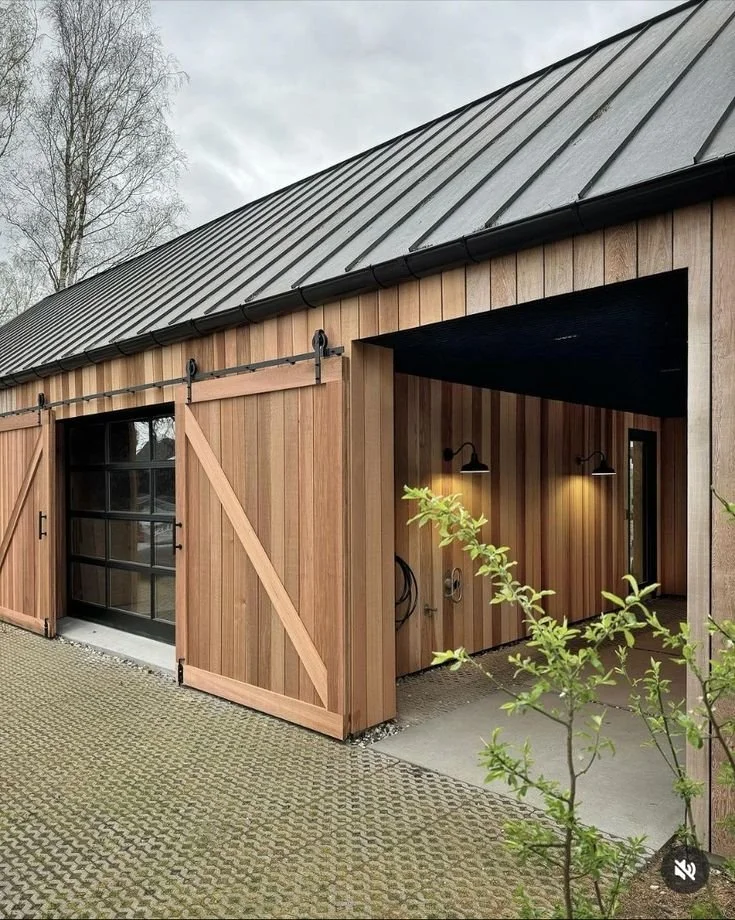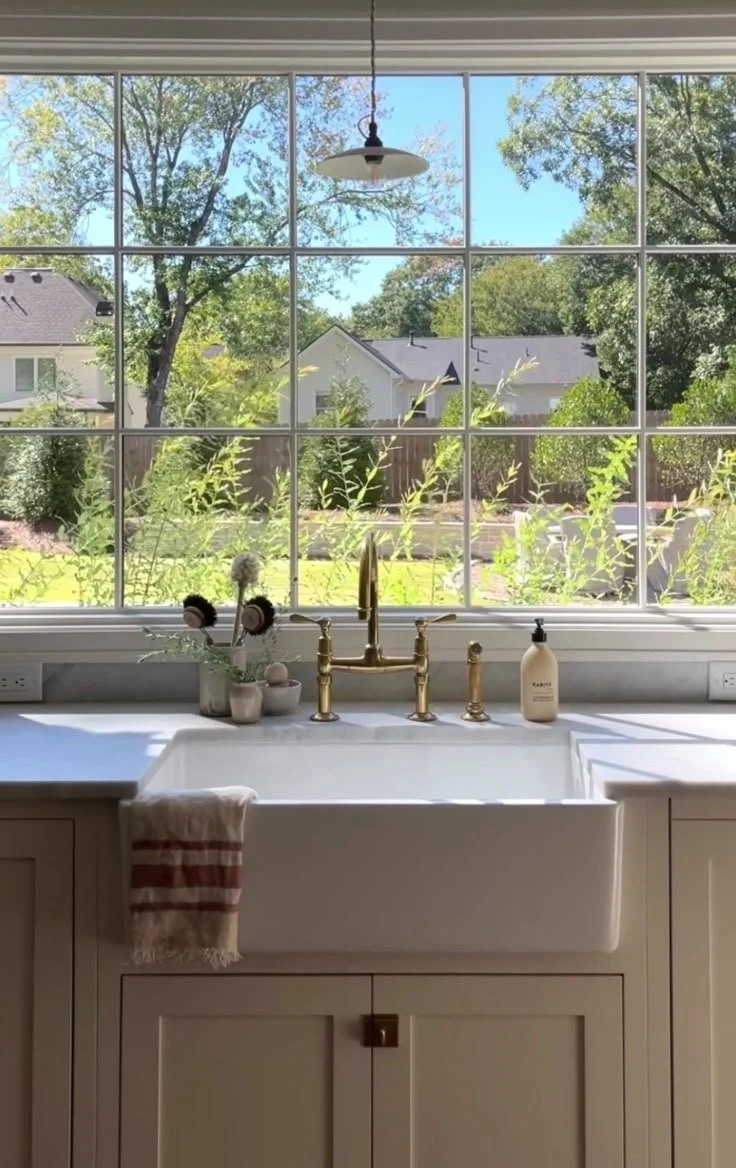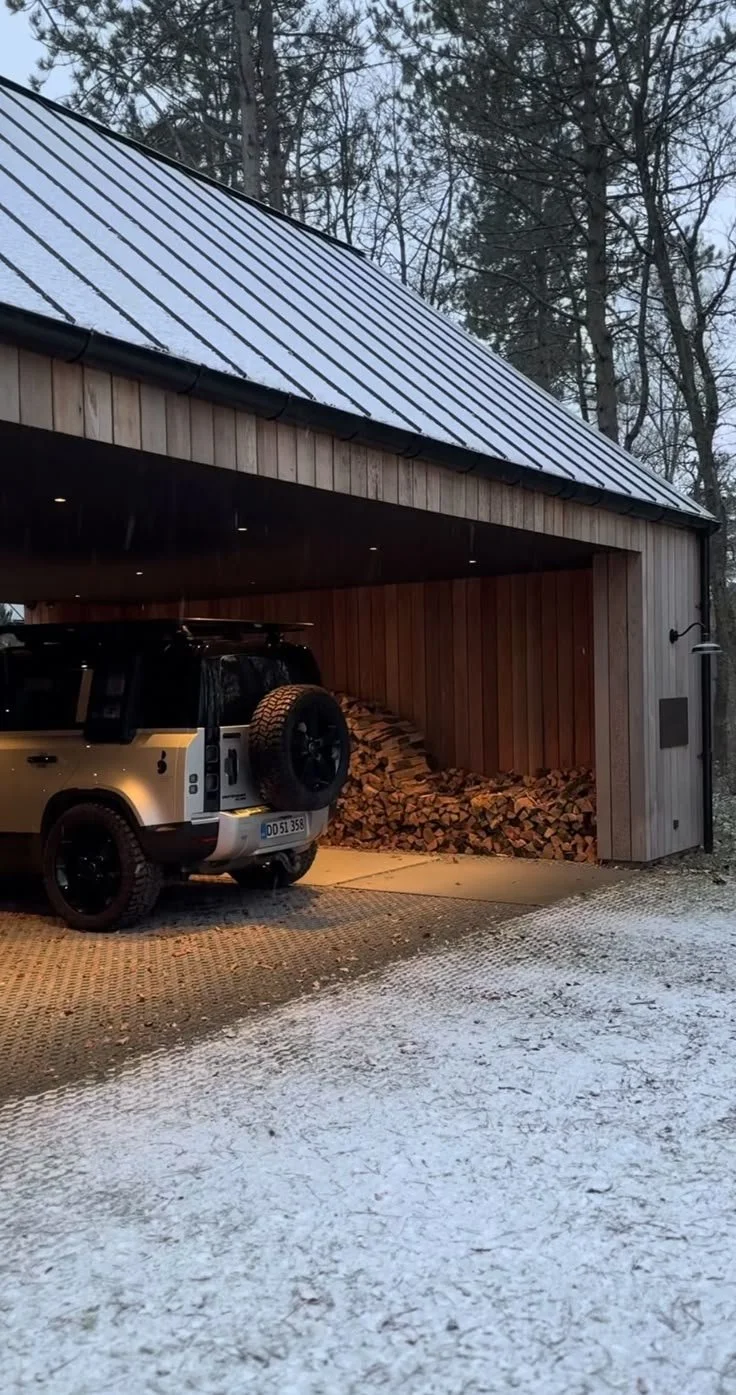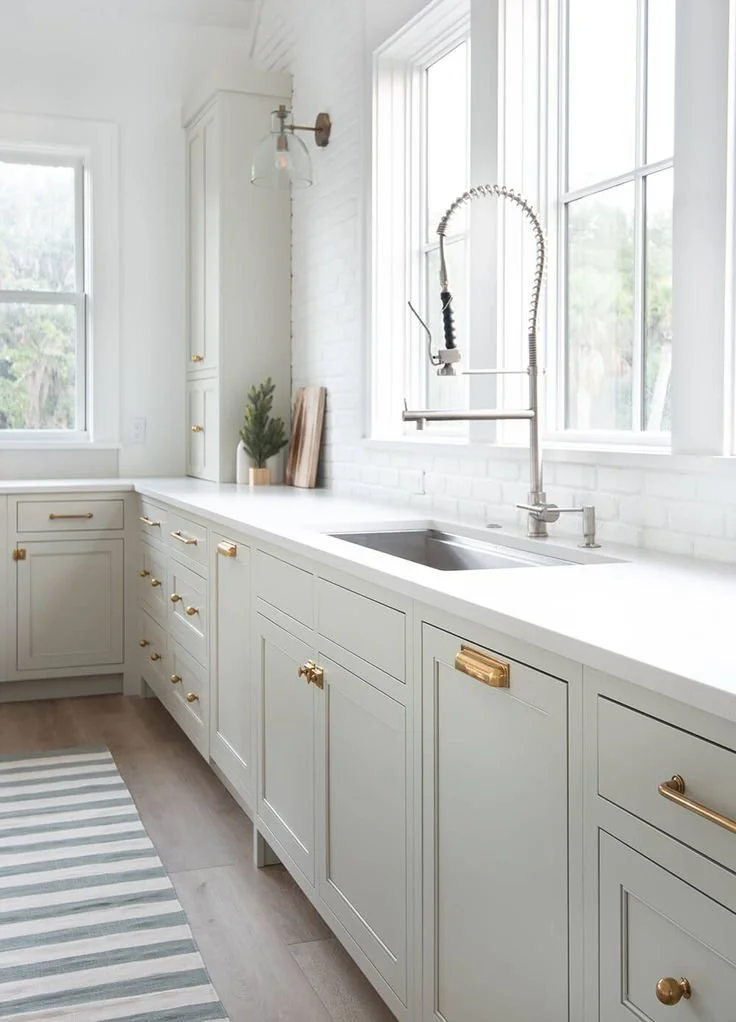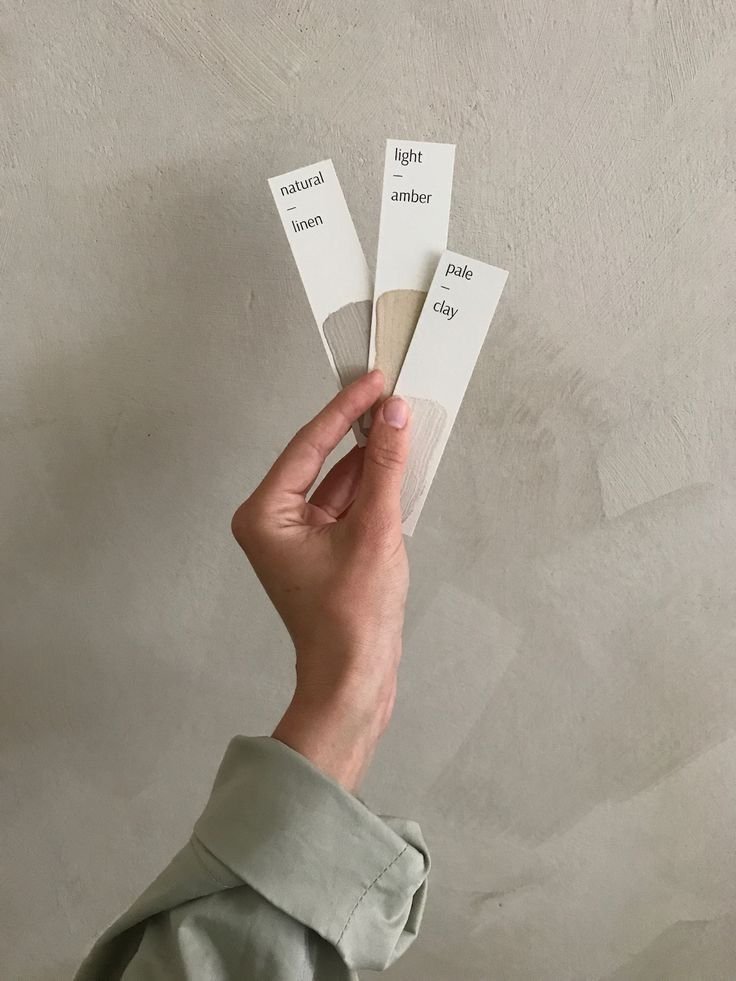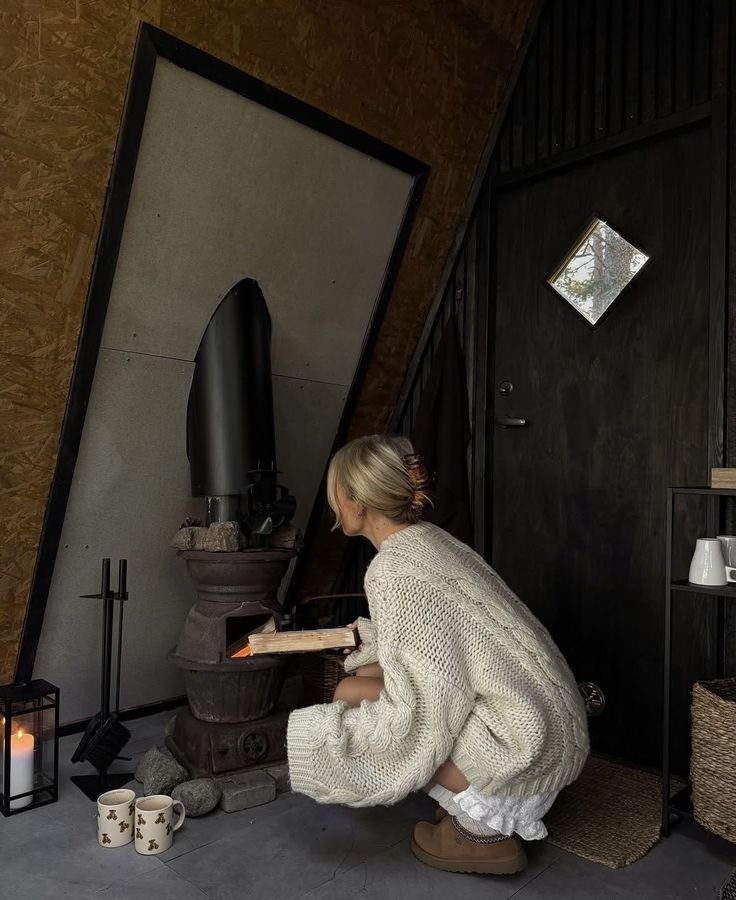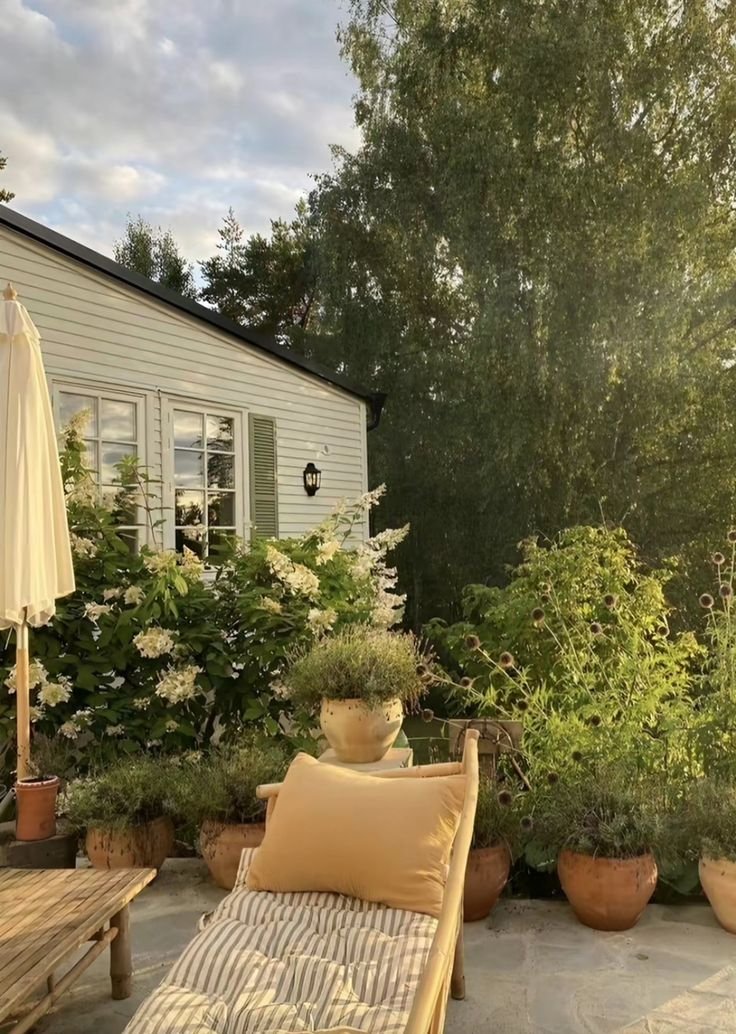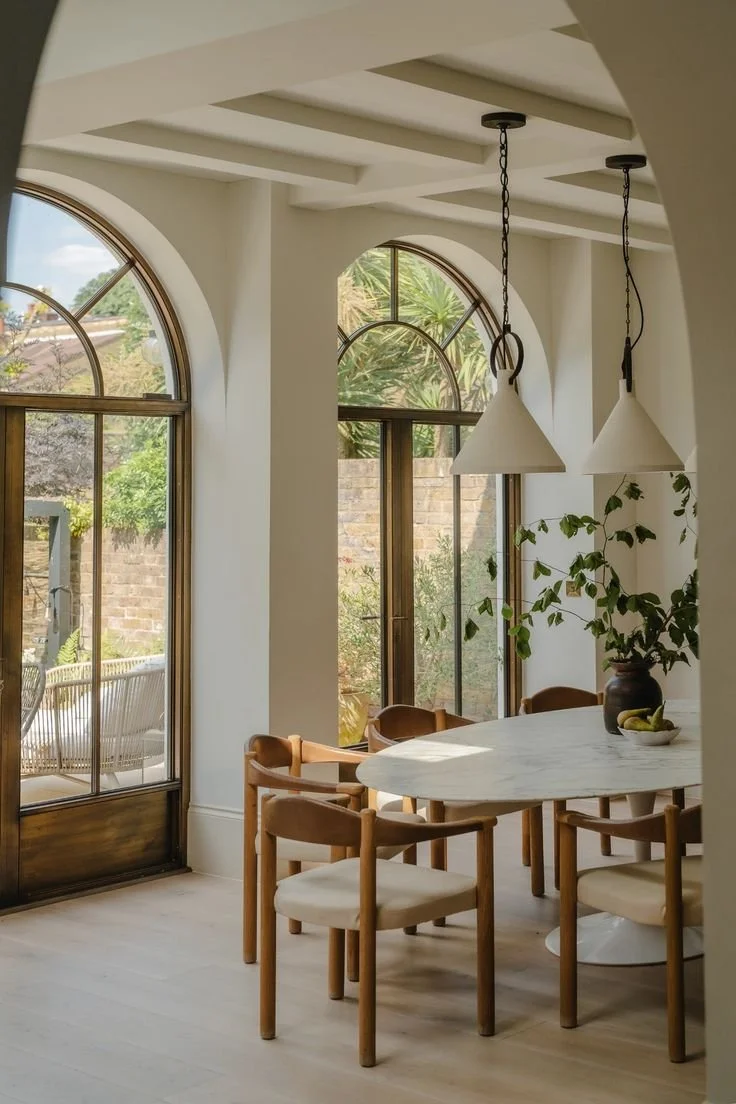Stop The Chill: Surprising Ways Your Home Loses Heat
Winter has a way of reminding us just how essential a warm, cozy home truly is. Yet, if you’ve ever found yourself cranking up the thermostat only to still feel a lingering chill, you’re certainly not alone. Many homes lose heat through unexpected and often overlooked areas—causing discomfort and driving up energy bills.
In this article, we’ll explore some surprising and lesser-known ways your home may be losing heat. From your garage to your basement window wells—and even your indoor air quality—we’ll uncover how these hidden culprits affect your comfort and what you can do to fix them. The good news? Most of these solutions are simple, affordable, and incredibly effective.
No. 1
The Garage: A Hidden Heat Drain
If your home has an attached garage, it could be one of the biggest contributors to heat loss. Because garages are typically not insulated to the same standard as the rest of the house, cold air can easily seep through shared walls and into adjacent rooms. Every time the garage door opens, a rush of frigid outdoor air enters—forcing your heating system to work harder to maintain a comfortable temperature.
Key issues include:
Gaps around the garage door
Thin, outdated doors
Uninsulated garage walls
Over time, this constant exposure to cold air not only affects your comfort but can also significantly increase your heating costs. Fortunately, there are effective solutions:
Add insulation to garage walls and ceilings.
Seal gaps around the garage door with weatherstripping.
Upgrade to an energy-efficient garage door designed to retain heat.
These simple improvements can dramatically reduce heat loss and make your home warmer and more energy-efficient.
No. 2
Basement Window Wells: A Cold Air Gateway
Homes with basements often have window wells—recessed openings that allow natural light and ventilation into below-ground spaces. While they serve practical purposes, especially in colder climates like the Midwest, Northeast, and Mountain states, they can also be a major source of heat loss in winter.
Why? Because:
Window wells sit close to cold soil and outdoor air, allowing frigid temperatures to transfer through the basement windows.
Cold air seeps into the basement, then spreads throughout the home.
A simple and effective solution is to install a window well cover. These covers:
Seal out drafts, snow, and rain
Improve insulation
Enhance safety without blocking natural light
By addressing this often-overlooked area, you can prevent cold air from creeping in and keep your basement—and the rest of your home—much warmer.
Arhaus
Cozy up under the stars with Arhaus fire pits. The perfect blend of warmth, style, and timeless design for your outdoor space.
No. 3
You Need More Lüften: The German Secret to a Warmer Home
In Germany, the practice of lüften—opening windows wide for a few minutes each day—is a time-honored tradition, even in the coldest months. At first glance, it might seem counterintuitive to open windows in winter when you’re trying to retain heat. However, this method can actually help your home stay warmer.
Here’s how it works:
Stale, polluted indoor air is harder to heat than fresh air.
Fresh air heats up more quickly, making your heating system more efficient.
Short bursts of ventilation (5–10 minutes) refresh the air without significantly dropping indoor temperatures.
By incorporating lüften into your daily routine, you can improve air quality, reduce humidity, and make your heating system more effective—all without sacrificing warmth.
Takeaways
Naturally, there are many factors that can make it difficult to keep your home warm, such as poor insulation or an aging heating system. But once you’ve addressed the usual suspects, these lesser-known tips can make a surprising difference.
In this article, we’ve highlighted three unexpected sources of heat loss:
The garage, with its uninsulated walls and drafty doors
Basement window wells, which act as gateways for cold air
Indoor air quality, where practices like lüften can improve heating efficiency
By tackling these hidden heat drains, you can enjoy a cozier, more energy-efficient home all winter long—without the need for major renovations. Sometimes, it’s the smallest changes that bring the biggest warmth.
Looking for Home resources?
Looking to enhance your living space and create a sanctuary that supports your well-being? Explore our home partners who offer a wide range of resources to elevate your home environment.


